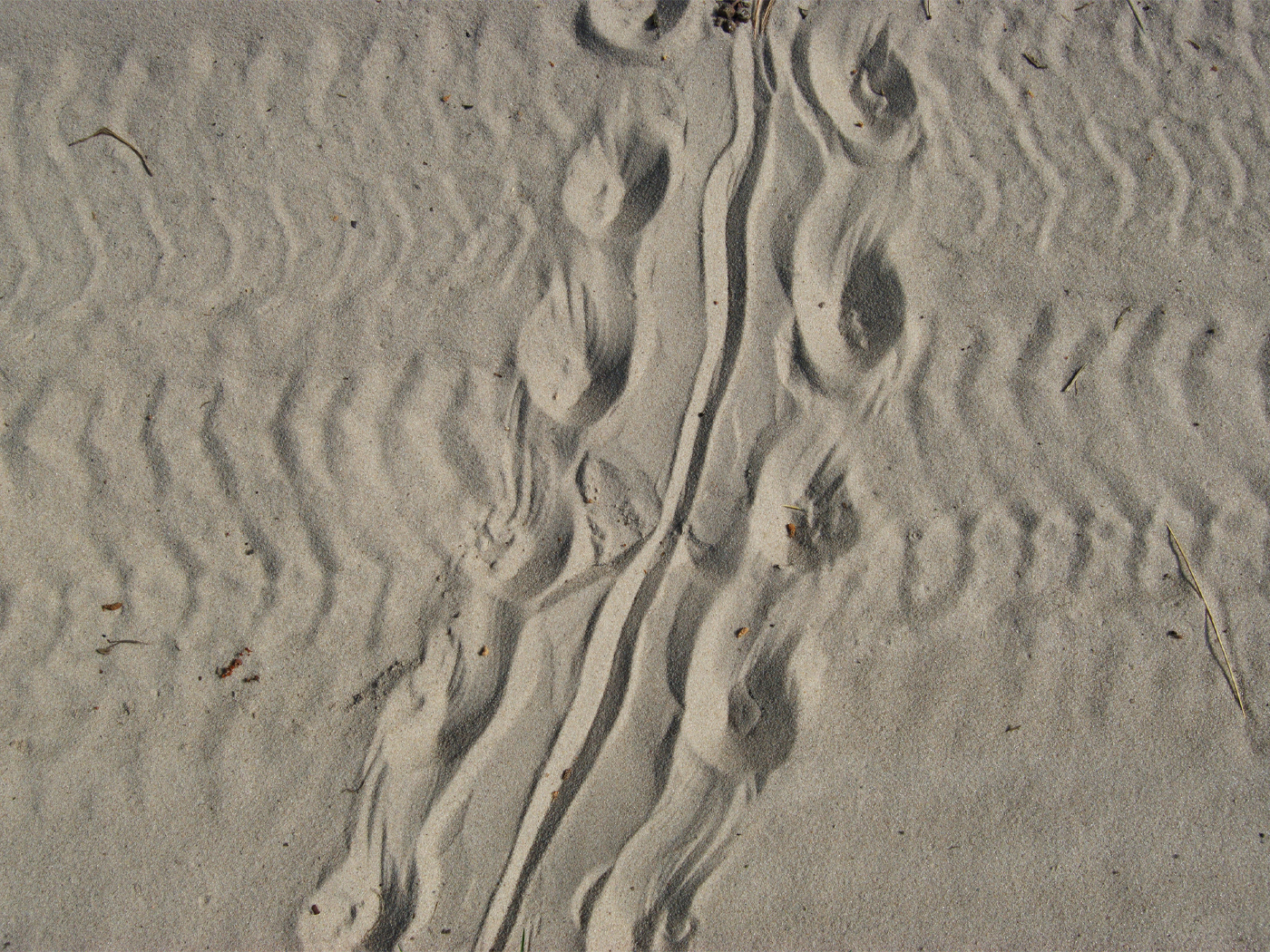Scientists from the University of Bath have found that dinosaurs were thriving up to the end of the Cretaceous.1 This discovery conflicts with earlier claims that dinosaurs were declining in number towards the top of the Cretaceous System.1 However, these findings fit the predictions from a global Flood scenario.
Lead author Joseph Bonsor and his colleagues explained:
Publishing in Royal Society Open Science, the paleontological team from Great Britain used statistical methods to analyze available dinosaur fossil data. They determined that dinosaurs were flourishing on every continent right up to the K-Pg boundary.2 The team found no sign of a decline in numbers or diversity. Dinosaurs just suddenly disappeared at the K-Pg.
Dinosaur fossils are found in rocks from the Late Triassic System through the end of the Cretaceous System.3 The reason why dinosaurs seemingly went “extinct” has been a mystery to secular scientists. Many have tried to link it to an asteroid impact, to volcanic activity, or to disease.3 But no solution seems to satisfy the data or the secular community.
“The main point of what we are saying is that we don't really have enough data to know either way what would have happened to the dinosaurs,” Bonsor said. “Instead we’ve shown that there is no strong evidence for them dying out, and that the only way to know for sure is to fill in the gaps in the fossil record,” added Bonsor.2
Uniformitarian scientists struggle to explain the disappearance of the dinosaurs at the K-Pg because they disregard the evidence that water once covered the Earth, destroying all air-breathing land animals, including the dinosaurs.4 Only the dinosaurs on the ark survived. And they have since gone extinct, leaving no post-Flood fossil evidence.
The global Flood also answers why dinosaurs were still alive and flourishing until the end of the Cretaceous. At that moment in the Flood, they were likely trying to stay on the highest ground available as waters encroached closer, week by week.5 As the dry land rapidly disappeared, many species herded together. This explains why varied types of dinosaurs were buried together at the end of the Cretaceous. The Flood’s tsunami-like waves eventually crashed over the remaining dinosaurs and entombed them in what’s called Upper Cretaceous strata.
The dinosaurs were all buried at the same levels worldwide when their pre-Flood habitat was destroyed by the rising waters of the Flood. The K-Pg is where their fossil record ended, coinciding with the highest water levels of the Flood.4
In rock strata above the Cretaceous, we find many more fossils, including many large mammals and flowering plants living in higher elevation ecosystems that were buried as the floodwaters destroyed their habitats too. This deposited many fossils from these higher locations on top of the dinosaur rock layers. These later fossils are found in what are called Paleogene and Neogene rock layers (formerly the Tertiary). The Flood record most likely ended at the N-Q (Neogene-Quaternary) boundary, which is at the top of the Neogene rock layers.6
The Flood explains the fossil record. No unknown extinction event is needed to explain why dinosaurs disappeared at the K-Pg level. It is simply the level where their pre-Flood habitat was completely engulfed by the rising floodwaters. Although evolutionary theory leaves open questions, the account in Genesis gives us clear answers.
Stage image: Model of thriving dinosaur before extinction.
Stage image credit: Mike Kemp/In Pictures/In Pictures/Getty Images. Copyright © 2020. Adapted for use in accordance with federal copyright (fair use doctrine) law. Usage by ICR does not imply endorsement of copyright holders.
References
1. Bonsor, J.A, et al. 2020. Dinosaur diversification rates were not in decline prior to the K-Pg boundary. Royal Society Open Science 7: 201195.
2. Woodyatt, A. 2020. Dinosaurs would have continued to thrive had it not been for the asteroid, researchers say. CNN. Posted on CNN.com November 18, 2020, accessed November 22, 2020.
3. Clarey, T. 2015. Dinosaurs: Marvels of God’s Design. Green Forest, AR: Master Books.
4. Clarey, T. 2020. Carved in Stone: Geological Evidence of the Worldwide Flood. Dallas, TX: Institute for Creation Research.
5. Clarey, T. 2015. Dinosaur Fossils in Late-Flood Rocks. Acts & Facts. 44 (2): 16.
6. Tomkins, J., and T. Clarey. 2020. Paleontology Confirms a Late Cenozoic N-Q Flood Boundary. Acts & Facts. 49 (11): 10-13.
*Dr. Clarey is Research Associate at the Institute for Creation Research and earned his doctorate in geology from Western Michigan University.







